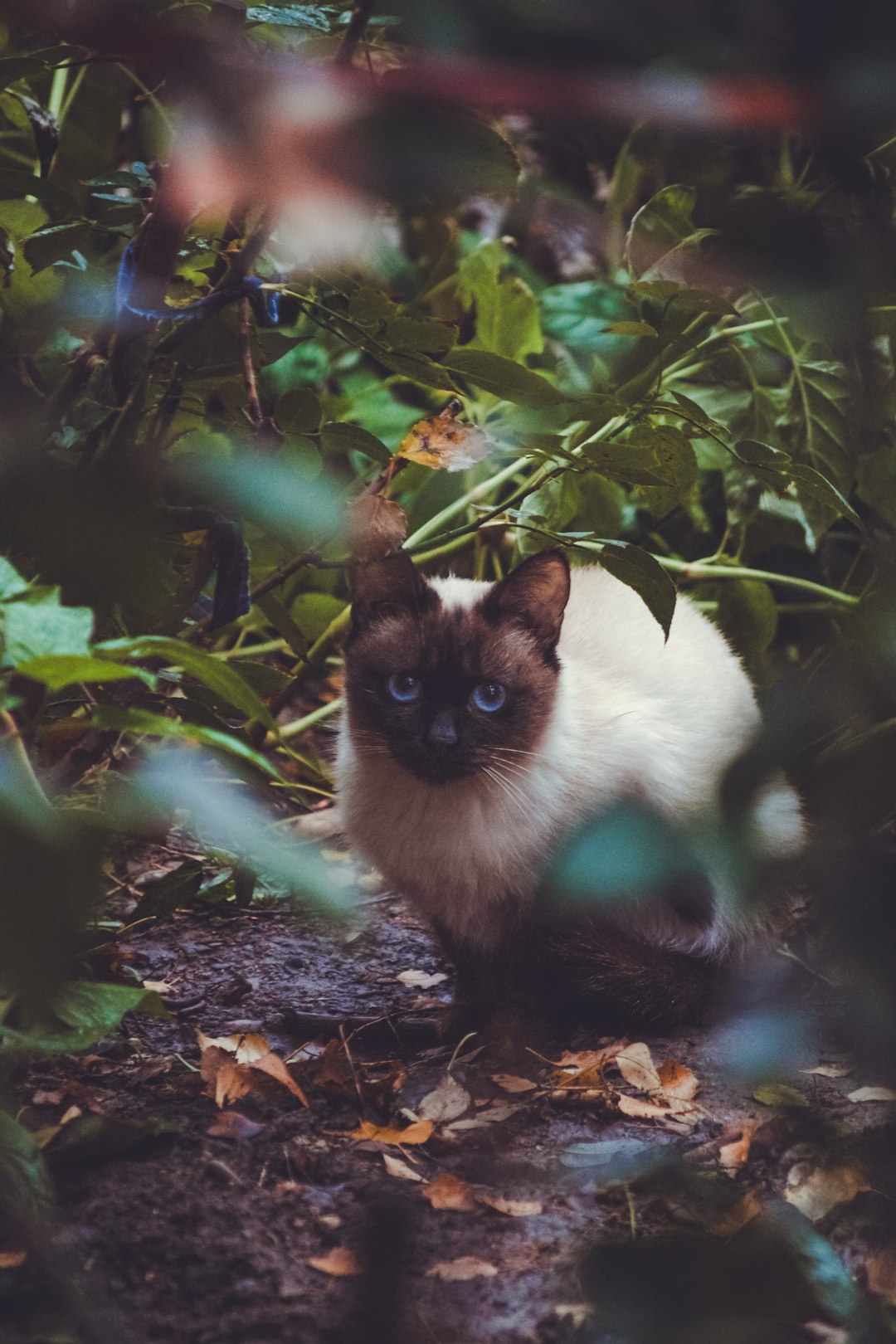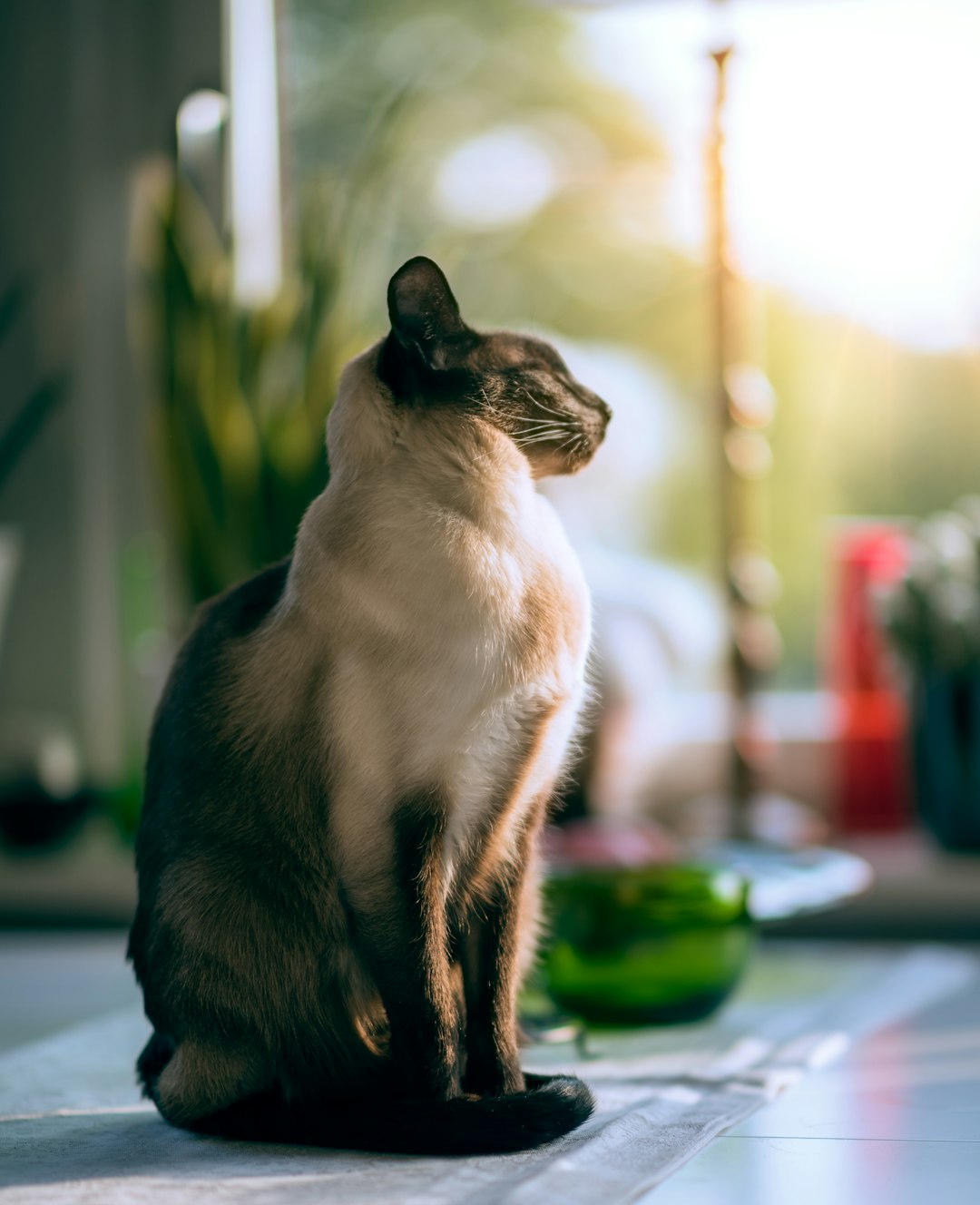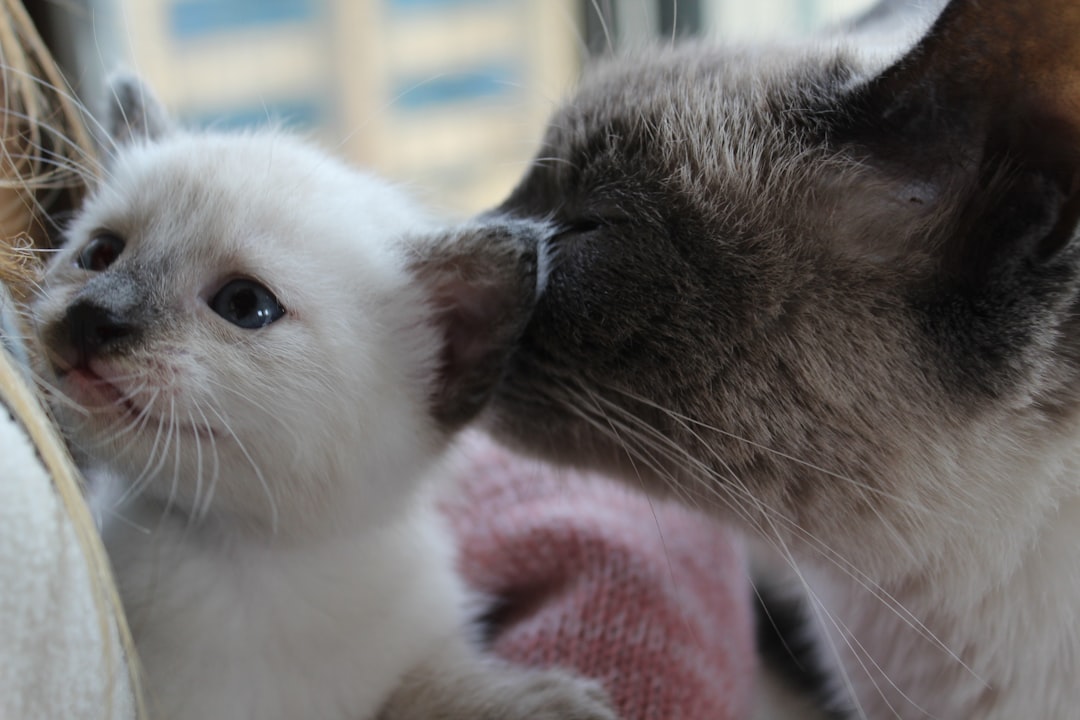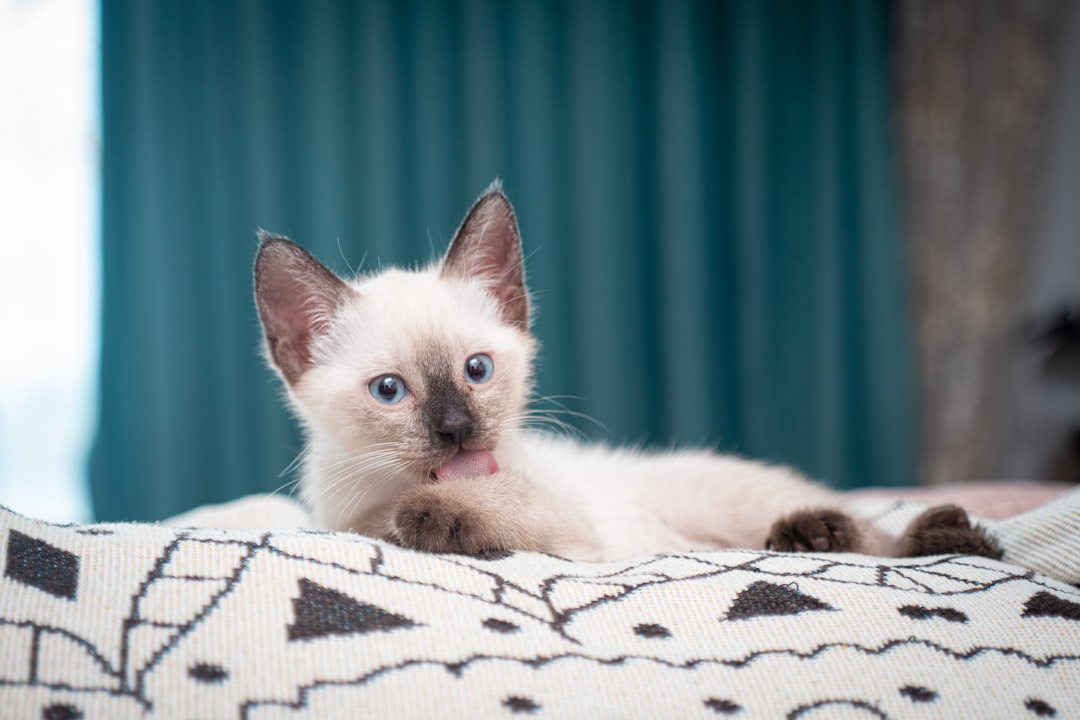Many cat owners strive to provide their feline friends with the healthiest diet possible. One effective way to achieve this is through homemade cat food, which not only caters to their specific nutritional needs but also allows for greater control over ingredients. Transitioning to homemade recipes can benefit both your pet’s health and your peace of mind. As you embark on this journey, it’s essential to understand the nutritional requirements essential for your cat’s well-being, as well as common pitfalls to avoid. This guide offers insights to help you ensure your furry companion thrives on a homemade diet.
Understanding Cat Nutritional Requirements
Cats are obligate carnivores, meaning they require specific nutrients to thrive. When considering homemade cat food, understanding their nutritional needs is crucial for their health and well-being. Here are the key components:
Proteins: Essential for muscle development and overall energy. Cats need high-quality animal proteins like chicken, turkey, or fish.
Fats: Provide a concentrated energy source and support skin and coat health. Omega-3 and Omega-6 fatty acids are particularly important.
Vitamins and Minerals: Ensure the proper functioning of their immune system and metabolic processes. Incorporate vitamins A, D, E, and B12 along with calcium and phosphorus.
Taurine: An essential amino acid found in animal proteins, vital for heart health, vision, and reproduction.
Water: Always provide fresh water alongside food to prevent dehydration.
When creating homemade cat food, balance these nutrients carefully to prevent deficiencies. Meeting your cat’s nutritional requirements will lead to a healthier, happier feline companion. Remember, a well-balanced diet is the foundation of your cat’s longevity.

Benefits of Homemade Cat Food
Transitioning to homemade cat food can provide numerous advantages for your feline companion. Here are some compelling reasons why you should consider making the switch:
Control Over Ingredients: You know exactly what goes into your cat’s food. This helps you avoid preservatives, fillers, and artificial additives commonly found in commercial cat food.
Customized Nutrition: Every cat has unique nutritional requirements based on age, weight, and health conditions. With homemade cat food, you can tailor meals to suit your cat’s individual needs.
Improved Digestive Health: Many cats develop sensitivities to certain ingredients. Homemade options allow you to identify and eliminate problematic components, leading to better digestion.
Allergy Management: For cats with dietary allergies, homemade recipes can help you select ingredients that avoid triggers, ensuring more comfortable meals for your pet.
Enhanced Palatability: Freshly made food often appeals to cats more than commercial diets, encouraging better intake and overall satisfaction.
In summary, opting for homemade cat food not only promotes a healthier lifestyle for your cat but also strengthens the bond between you and your pet through shared mealtime enjoyment.
Essential Ingredients for Balanced Meals
Creating balanced homemade cat food requires understanding the key ingredients that will meet your feline’s nutritional needs. Here are essential components to include:
Protein Sources: Cats are obligate carnivores, so prioritize high-quality proteins such as:
- Chicken
- Turkey
- Fish (like salmon or tuna)
- Beef
Fat Sources: Healthy fats provide energy and support skin health. Consider:
- Fish oil
- Chicken fat
- Olive oil
Carbohydrates: While cats need fewer carbs, small amounts can be beneficial. Choose:
- Cooked rice
- Oats
- Sweet potatoes
Vitamins and Minerals: To ensure a complete diet, add supplements or food rich in:
- Taurine (essential for heart health)
- Vitamin E
- Calcium (like ground eggshells)
Hydration: Cats often don’t drink enough water, making wet homemade cat food a great option.
Conclusion: By focusing on these ingredients, you can create nutritious and balanced meals that keep your cat healthy and happy. Remember to adjust for your cat’s unique dietary needs!
Common Mistakes to Avoid
When transitioning to homemade cat food, it’s crucial to avoid common pitfalls that can jeopardize your cat’s health. Here are some mistakes to steer clear of:
Neglecting Nutritional Balance
Always ensure your homemade cat food contains the right mix of proteins, carbohydrates, fats, and vitamins. A lack of essential nutrients can lead to deficiencies.Using Unsafe Ingredients
Certain foods like onions, garlic, and chocolate are toxic to cats. Always research ingredients to guarantee their safety.Forgetting Portion Control
Homemade cat food can lead to overfeeding if you don’t adjust portion sizes. Monitor your cat’s weight to prevent obesity.Not Consulting a Veterinarian
Before making significant dietary changes, discuss your plans with a vet to align your recipes with your cat’s specific health needs.Inconsistency in Ingredients
Regularly changing the primary protein source could disrupt your cat’s digestion. Stick to a consistent recipe while gradually introducing new elements.
By avoiding these mistakes, you can ensure your cat benefits fully from your homemade cat food!

How to Transition Your Cat to Homemade Food
Transitioning your cat from commercial cat food to homemade cat food requires patience and a strategic approach. Here’s a step-by-step guide to ensure a smooth change:
Start Gradually: Begin by mixing a small amount of homemade cat food with their regular food. Aim for a 75% commercial to 25% homemade ratio initially.
Increase Slowly: Over a week or two, gradually increase the proportion of homemade cat food while decreasing commercial food. This method helps your cat adjust both taste-wise and digestively.
Monitor Reactions: Keep an eye on your cat’s behavior and health. Watch for any signs of digestive distress, such as vomiting or diarrhea. If you notice significant changes, pause the transition and consult your veterinarian.
Experiment with Recipes: Cats can be finicky eaters. Try different homemade cat food recipes to find the flavors they enjoy most.
Stay Nutritionally Balanced: Ensure each homemade meal is nutritionally complete. Incorporate essential ingredients to meet your cat’s dietary requirements.
By transitioning slowly and thoughtfully, you can successfully make the switch to homemade cat food, providing your feline friend with healthier and tastier meals.
Recipe Ideas for Homemade Cat Food
Creating homemade cat food can be both rewarding and nutritious for your feline friend. Here are some simple and delicious recipes to get you started:
1. Chicken Feast
Ingredients:
- 1/2 cup cooked chicken (shredded)
- 1/4 cup carrots (finely chopped)
- 1/4 cup peas
- 1 tbsp fish oil (for omega-3s)
Directions:
- Mix all ingredients in a bowl. Serve warm.
2. Beef and Veggie Medley
Ingredients:
- 1/2 cup ground beef (cooked)
- 1/4 cup pumpkin (cooked and mashed)
- 1/4 cup green beans (chopped)
Directions:
- Combine ingredients and let cool before serving.
3. Tuna Delight
Ingredients:
- 1 can tuna (in water)
- 1/4 cup rice (cooked)
- 1/4 cup spinach (chopped)
Directions:
- Drain tuna and mix with rice and spinach. Serve fresh.
Helpful Tips:
- Always ensure the homemade cat food contains essential nutrients.
- Avoid using onion or garlic as they can be toxic to cats.
Crafting these recipes can enhance your cat’s enjoyment while meeting their dietary needs.
Supplementing Homemade Diets
When you prepare homemade cat food, it’s crucial to ensure that your feline friend receives all necessary nutrients. While homemade diets can provide balanced meals, they might lack specific vitamins and minerals essential for optimal health. Therefore, consider these supplement options:
- Taurine: An essential amino acid for heart and eye health.
- Fish Oil: Rich in Omega-3 fatty acids, promoting a healthy coat and skin.
- Calcium: Add ground eggshells or a calcium supplement for strong bones.
Additionally, incorporating a multivitamin designed for cats can fill nutritional gaps effectively.
Homemade Cat Food Supplement Comparison
| Supplement | Benefits | Recommended Use |
|---|---|---|
| Taurine | Heart and eye support | Daily dose as labeled |
| Fish Oil | Skin and coat health | Mix with meals daily |
| Calcium | Bone strength | Weekly as needed |
| Multivitamin | Overall health maintenance | Daily as instructed |
It’s essential to monitor your cat’s health and adjust supplements accordingly. Regular check-ups with your veterinarian can help tailor the best supplement regimen, ensuring your homemade cat food meets all their needs.

Consulting with a Veterinarian
When considering homemade cat food, consulting with a veterinarian is crucial. A vet can provide valuable insights tailored to your cat’s specific health needs. Here are some reasons why this step is vital:
- Nutritional Evaluation: Vets can assess your cat’s current diet and nutritional requirements, ensuring your homemade recipes meet those needs.
- Health Conditions: If your cat has underlying health issues, a veterinarian can advise you on suitable ingredients to incorporate or avoid.
- Weight Management: Your vet can help determine caloric needs and assist in formulating portions of homemade cat food to maintain healthy weight.
- Supplement Recommendations: Sometimes, additional vitamins or minerals might be necessary to create a balanced diet. A vet can recommend supplements when needed.
In summary, while homemade cat food offers many benefits, the expertise of a veterinarian ensures that your feline friend receives all necessary nutrients for optimal health. Make the visit a top priority before changing your cat’s diet.
Frequently Asked Questions
What are the essential nutrients needed in homemade cat food?
Homemade cat food should include several essential nutrients to ensure your feline’s health. Key components include proteins from meat sources like chicken, turkey, or fish; healthy fats such as fish oil or chicken fat; carbohydrates in moderation, which can come from vegetables or grains; and important vitamins and minerals like taurine, calcium, omega fatty acids, and vitamins A, D, and E. It’s crucial to balance these ingredients properly to meet your cat’s dietary needs.
How can I ensure my homemade cat food is safe and healthy?
To ensure that your homemade cat food is safe and healthy, follow these practices: use high-quality, fresh ingredients; cook all meats thoroughly to eliminate pathogens; avoid using toxic ingredients such as onions and garlic; and consult with a veterinarian or a pet nutritionist to verify the nutritional balance of your meals. Regularly monitor your cat’s health and body condition, adjusting recipes as necessary to maintain optimal nutrition.
Can I prepare homemade cat food in bulk and store it?
Yes, you can prepare homemade cat food in bulk for convenience. To do this safely, cool the food quickly and portion it into airtight containers before refrigerating or freezing. Homemade cat food can typically be stored in the refrigerator for up to 3-4 days or in the freezer for several weeks, depending on the ingredients used. Always ensure to thaw properly before serving and reheat to a safe temperature, avoiding any loss of nutrients.
What common mistakes should be avoided when making homemade cat food?
Common mistakes to avoid when making homemade cat food include not providing a balanced diet, which can lead to nutritional deficiencies; using ingredients toxic to cats like chocolate or certain vegetables; neglecting to consult a vet about dietary needs; and failing to properly cook or store the food, risking bacterial contamination. It’s vital to research thoroughly and possibly follow established recipes to prevent these common pitfalls.



